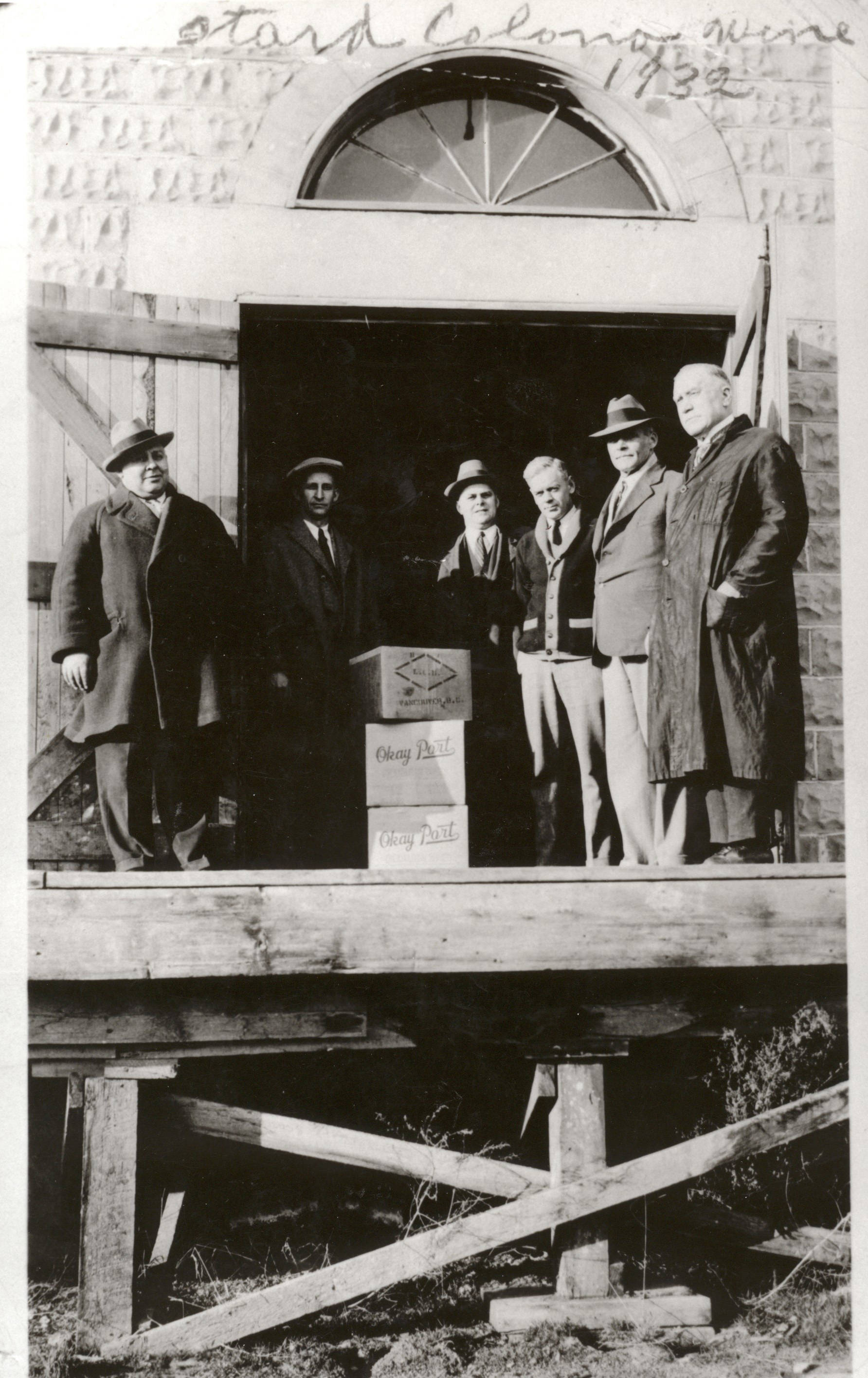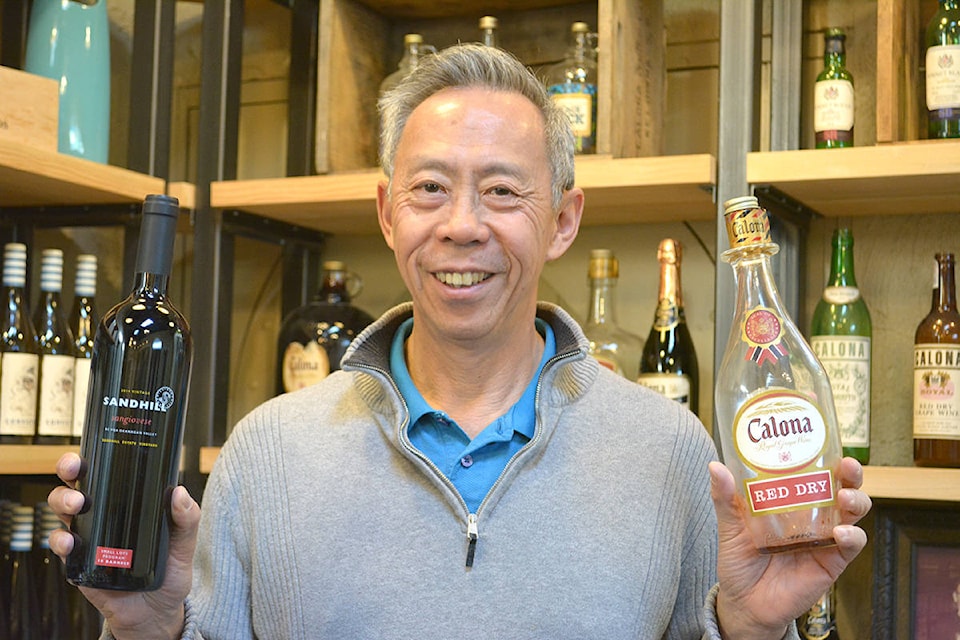From its humble beginnings during The Great Depression, the Okanagan wine industry got its roots in ��������.
Starting in 1932, Calona Wines (now called Calona Vineyards) was the first of its kind in the valley.
At the time, �������� was a small town, with an economy based on apples and a port service, said Sandhill/Calona head winemaker Howard Soon.
“It’s a colourful history,” he said. Soon got his start in the Okanagan in 1980, and has won numerous awards for his wines.
He also gives tours, and shared the history of Sandhill and Calona with the Captial News ahead of the 23rd annual Spring Wine Festival to be held from May 4 to 14.
Calona Vineyards started with a local grocery man, Cap Capozzi and W.A.C. Bennett, who owned a hardware store.
After striking up a friendship, the pair formulated a plan to grow grapes and create wine.
Ironically, Bennett never drank. “They said ‘we gotta do something about this agriculture.’ The minimum price (for apples) was a cent a pound. That’s how tough things were,” said Soon.
The company started as Domestic Wines and By-Products Co. and would sell shares to people at a dollar a share.
Calona Wines was coined in 1936. Originally, the winery was built on the waterfront but changed to its home on Richter in 1951.
“When we started there was something like four wineries in all of B.C.,” said Soon.
The wine back then wasn’t very good, he said. It wasn’t until the NAFTA agreement in the 1980s that the wine business began to change and develop into a competitive industry.
“People used to make fun of B.C. wines and say ‘why are you drinking that?’” but after NAFTA, the B.C. Wine Authority was formed which set a minimum quality for wine, said Soon.
Having a minimum standard set B.C. wines apart from the other industries. Half of the wines submitted at the time didn’t pass the test, but wine quality improved over time as grape quality improved.
“As long as you have decent grapes, you’re OK. That’s why the free trade agreement was so pivotal, we used to make wine out of very poor grapes,” said Soon, adding with the trade agreement, poor-quality grapes were pulled from the soil.
Wine type popularity fluctuated over time. In the ’70s, white wine was popular and now it’s red, said Soon.
“Maybe it’s a fashion, or maybe it’s a maturing of the palate,” he said.
Barrels come from France, and Pennsylvania, becoming more of a global collaboration nowadays.
Also, over time came experience and knowledge through trial and error, said Soon. B.C’s wine industry contributes $2.8 billion a year, according to the B.C. Wine Institute and creates more than 12,000 jobs.
Soon thinks the wine festival is a way to showcase the industry’s accomplishments.
“It brings in people from all over the world,” he said. “It’s not just our own little secret.”
For more information visit thewinefestivals.com.




